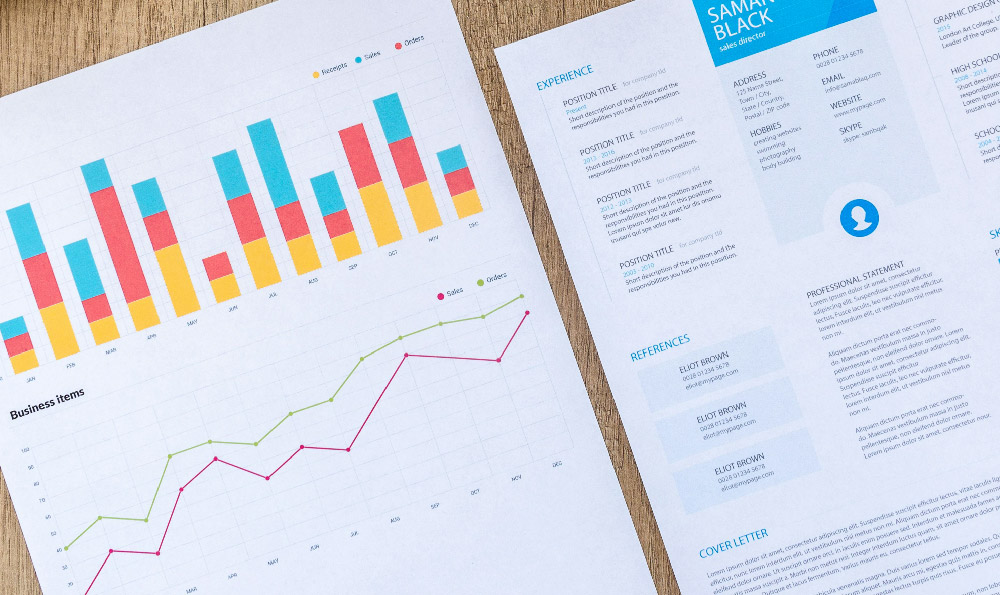The world of credit ratings can seem like an alphabet soup of acronyms, each representing a distinct level of risk and potential reward for investors. Among these, the BBB rating holds a particularly interesting, and sometimes debated, position. It's the lowest rung on the investment-grade ladder, and understanding whether it truly deserves its place there requires a deeper dive into what credit ratings represent and how they are used.
Credit ratings are essentially evaluations of a borrower's ability and willingness to repay its debt obligations in full and on time. Agencies like Standard & Poor's (S&P), Moody's, and Fitch assign these ratings, offering a standardized way for investors to assess the creditworthiness of companies, governments, and other entities issuing debt. A higher rating signifies a lower perceived risk of default, while a lower rating indicates a higher risk.
Now, focusing specifically on BBB, it sits precariously above the "non-investment grade" or "junk" territory. This distinction is crucial because many institutional investors, such as pension funds and insurance companies, are often mandated to hold only investment-grade securities. Therefore, a BBB rating opens up a significant pool of capital for issuers, influencing borrowing costs and overall financial stability.

The debate around whether BBB truly qualifies as investment grade stems from its vulnerability to economic downturns and unforeseen circumstances. While a company with a BBB rating is considered to have an adequate capacity to meet its financial commitments currently, that capacity is more susceptible to adverse economic conditions or changing business environments than higher-rated entities. Think of it as being on a ledge; the view is good, but the fall is close.
Several factors contribute to this vulnerability. Companies with BBB ratings may have higher levels of debt relative to their earnings compared to their higher-rated peers. This increased leverage can make them more sensitive to rising interest rates or a decline in revenue. Similarly, they might operate in industries that are inherently more cyclical or exposed to regulatory changes, further increasing their risk profile.
The potential for a "fallen angel" scenario is a key concern associated with BBB-rated debt. A fallen angel is a bond that was initially rated investment grade but was subsequently downgraded to non-investment grade. A wave of downgrades from BBB to below investment grade can trigger a cascade effect, as institutional investors are forced to sell their holdings, leading to a further decline in prices and potentially destabilizing the market. The energy sector in recent years provides a stark example of how quickly fortunes can change and investment-grade bonds can become junk.
However, it's equally important to acknowledge the value and role of BBB-rated debt in the investment landscape. It provides a crucial source of funding for companies that are growing, restructuring, or investing in new opportunities. These companies may not yet have the established track record or financial strength to warrant a higher rating, but they are still considered viable and capable of meeting their obligations.
Furthermore, BBB-rated bonds often offer a higher yield compared to higher-rated bonds, compensating investors for the increased risk. This yield advantage can be attractive to investors seeking to enhance their portfolio returns, particularly in a low-interest-rate environment. Of course, this higher yield comes with the caveat that the investor needs to understand and accept the associated risks.
Therefore, the answer to whether BBB is investment grade is nuanced. Technically, yes, it falls within the investment-grade category according to rating agencies. However, it's the weakest link in that chain, requiring careful scrutiny and a thorough understanding of the underlying issuer's financial health and industry dynamics.
When considering investing in BBB-rated debt, several factors should be carefully evaluated. First, the investor should conduct independent research on the issuer, going beyond the credit rating itself. This research should include analyzing the company's financial statements, understanding its competitive position, and assessing the risks it faces.
Second, diversification is crucial. Spreading investments across a range of BBB-rated issuers can help mitigate the risk of a single downgrade impacting the overall portfolio.
Third, monitoring the portfolio closely is essential. Keep an eye on news and events that could affect the creditworthiness of the issuers in the portfolio, and be prepared to adjust the portfolio as needed.
Finally, consider the broader economic environment. During periods of economic uncertainty or recession, the risk of downgrades increases, and it may be prudent to reduce exposure to BBB-rated debt.
In conclusion, a BBB rating represents a balancing act between risk and reward. While it offers the potential for higher returns, it also carries a higher risk of downgrade compared to higher-rated bonds. For investors, understanding the nuances of BBB ratings and conducting thorough due diligence is paramount to making informed investment decisions and navigating the complexities of the credit market. It's not simply a matter of ticking a box marked "investment grade," but rather a critical assessment of the specific risks and opportunities presented by each individual issuer.












